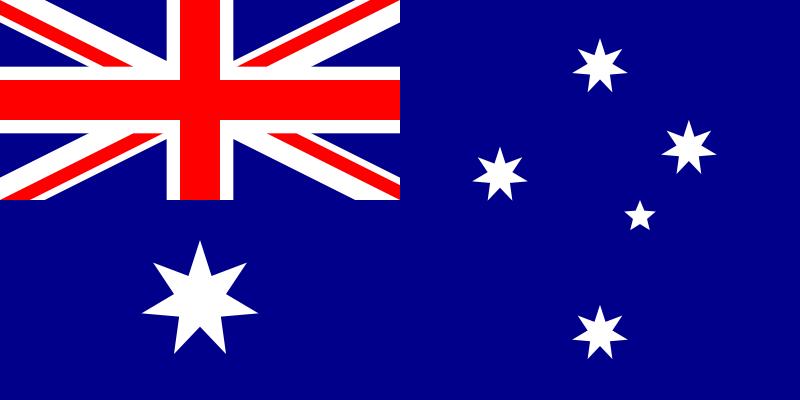
















INTRODUCTION
The idea of building and operating model trains seems to be quite recent in Vietnam. Apart from myself I know of only two other people who make models of Vietnamese Railways. They both live in Vietnam. There are a number of other Vietnamese modellers but they follow US or European prototypes rather than their own system. In Australia where I live, it took many years and some adventurous manufacturers for the idea of modelling Australian Railways to stop being a poor cousin to the British and US heavyweights. I believe there is a shop in Saigon as well but it seems to deal mainly with British Models at this stage.
One of the major decisions for anyone contemplating modelling Vietnamese Railways is what scale and/or gauge is to be modelled. Personally I made a decision to model in Japanese N Scale 1:150. This makes the 9 mm track slightly narrow gauge. Japanese modellers use standard 9 mm track to represent 3 ft 6 track. At the time I thought of using Z scale track (6 mm) which would have represented Vietnamese metre gauge very nicely but at the time Z scale was just in it's infancy, and very expensive, whereas N Scale was easy to obtain. I thought that some Japanese buildings and accessories may be close enough to Vietnamese and this is true, but not as close as I thought they would be. It's a pity that N scale is almost unknown in China as this would have been even better.
Another possibility was to do what some modellers in New Zealand have done. They call it NZ120 scale and it's basically TT scale (1:120) on N gauge 9 mm track. They use N scale locomotive mechanisms, bogies, wheels etc and there are a small number of manufacturers who produce rolling stock and locomotive kits. TT is bigger than N by about 25% so is easier to model if you have to do a lot of scratchbuilding, or you're eyes are getting old like mine. It doesn't take up nearly as much space as the larger HO scale however. If I was starting again I think I might go for a VN120 scale, but unfortunately I've invested too much in VN150 Scale at this stage. The modeller in VN who is scratch building models has also adopted N Scale so maybe that's the way it will be for the foreseeable future. I will post some of his photos.
Personally I found it not the easiest of tasks to get hold of plans for locomotives and rolling stock. I have some and I know there are more available in Vietnam but in many cases I will have to draw my own plans based on photos. As long as I know the basic dimensions it's not so difficult.
I also made an attempt to not only build models but to build a layout as well. The layout was well advanced but unfortunately space proved a problem and I had to dismantle it. It is currently undergoing a rebuild to fit a different, smaller space, but I think it will work out OK. Photos will be posted when available of the original layout and the resized one.
I used to have a separate modelling website but because of technical problems it hasn't been updated for a long time. I hope this section of the Railways in Vietnam website will be a worthy replacement. You can also read some of my ramblings and see some photos at my Blog "Modelling the Railways of Vietnam". Again I have bursts of enthusiasm and then life gets in the way.
Hopefully my introduction is just the start and as I add examples of my own modelling and ideas, other modellers will be encouraged to 'have a go' to use an Australian expression.

Steam Locomotives generally used the traditional
French classification system. A steam locomotive with a 2-8-2 wheel
arrangement is classified as 141 class, a locomotive with 4-6-2
wheel arrangement is classified as 231 class etc. Pretty straight
forward, except what did if two classes had a 2-8-2 wheel
arrangement I'm not sure. It didn't happen so wasn't a problem?
Diesel locomotives have a completely dfferent clasification system.
All diesel classes start with the letter 'D' (for diesel?) then a number which I believe is related to the locomotives power output. The third character defines Electric' (E) or hydraulic (H).
e.g. D5H class = Diesel + 500 hp + hydraulic.
Again, what happens if two classes are the same I don't know.
I am still investigating pre 1975 classifications. Some are the same e.g. 141 steam class, and some are different e.g. 'BB' class instead of D9E.

Created with Kompozer
the Open Source Web Designer
Railways in Vietnam
website © 2009-2013 David Gurnett
Update November
10, 2013
All images remain the copyright of their
original owners and are reproduced purely
for the purposes of research.
Please feel free to contact me at
railwaysofvietnam@gmail.com